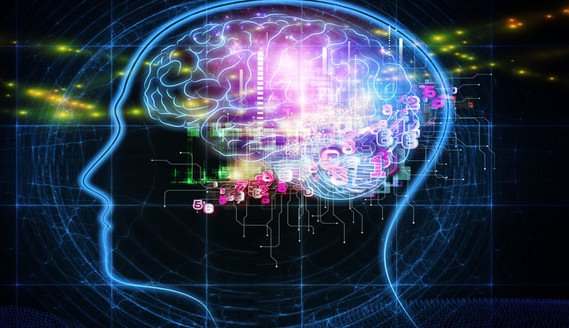Scientists at Johns Hopkins Medicine in Baltimore, MD, think they have discovered why people learn an identical task faster on subsequent attempts. Publishing their findings in Science Express, the team says our memories of error are the key to faster learning.
“In learning a new motor task, there appear to be two processes happening at once,” said Reza Shadmehr, Ph.D., a professor in the Department of Biomedical Engineering at the Johns Hopkins University School of Medicine.
“One is the learning of the motor commands in the task, and the other is critiquing the learning, much the way a coach behaves. Learning the next similar task goes faster, because the coach knows which errors are most worthy of attention. In effect, this second process leaves a memory of the errors that were experienced during the training, so the re-experience of those errors makes the learning go faster.”
According to Shadmehr, scientists who study motor control — how the brain directs body movement — have long known that as people perform a task, like opening a door, their brains note small differences between how they expected the door to move and how it actually moved.
They then use this information to perform the task more smoothly next time. Those small differences are called “prediction errors,” and learning from them is largely unconscious, he noted.
The surprise finding in the new study, published in Science Express, is that not only do errors train the brain to better perform a specific task, but they also teach it how to learn faster from errors, even when those errors are encountered in a completely different task.
“In this way, the brain generalizes from one task to another by keeping a memory of the errors,” the researchers said.
For the study, the research team put volunteers in front of a joystick that was under a screen. The volunteers couldn’t see the joystick, but it was represented on the screen as a blue dot.
A target was represented by a red dot, and as the volunteers moved the joystick toward it, the blue dot could be programmed to move slightly off-kilter from where they pointed it, creating an error. Participants then adjusted their movement to compensate for the off-kilter movement and, after a few more trials, smoothly guided the joystick to its target.
In the study, the movement of the blue dot was rotated to the left or the right by larger or smaller amounts until it was a full 30 degrees off from the joystick’s movement.
The research team found that volunteers responded more quickly to smaller errors that pushed them consistently in one direction and less to larger errors and those that went in the opposite direction of other feedback.
“They learned to give the frequent errors more weight as learning cues, while discounting those that seemed like flukes,” said David Herzfeld, a graduate student in Shadmehr’s laboratory who led the study.
“The next step in the research,” Shadmehr says, “will be to find out which part of the brain is responsible for the ‘coaching’ job of assigning weight to different types of error.”
Agencies/Canadajournal

 Canada Journal – News of the World Articles and videos to bring you the biggest Canadian news stories from across the country every day
Canada Journal – News of the World Articles and videos to bring you the biggest Canadian news stories from across the country every day

